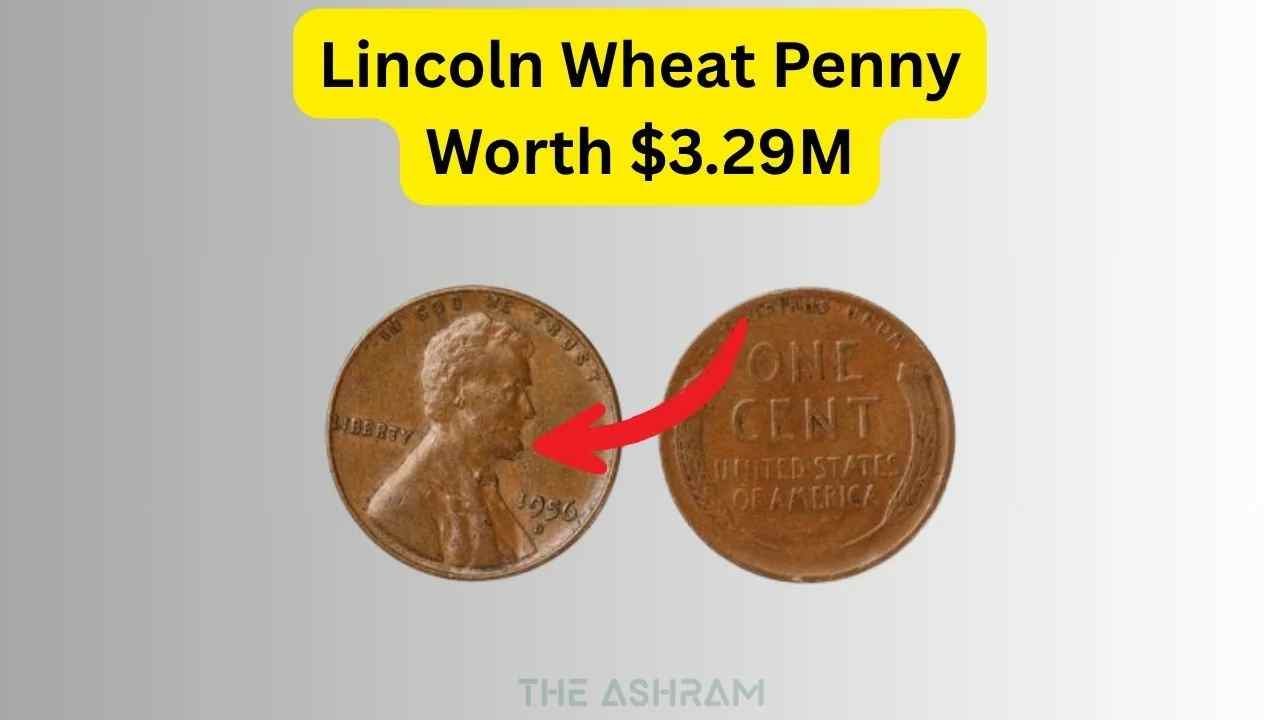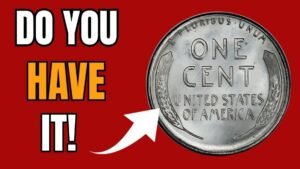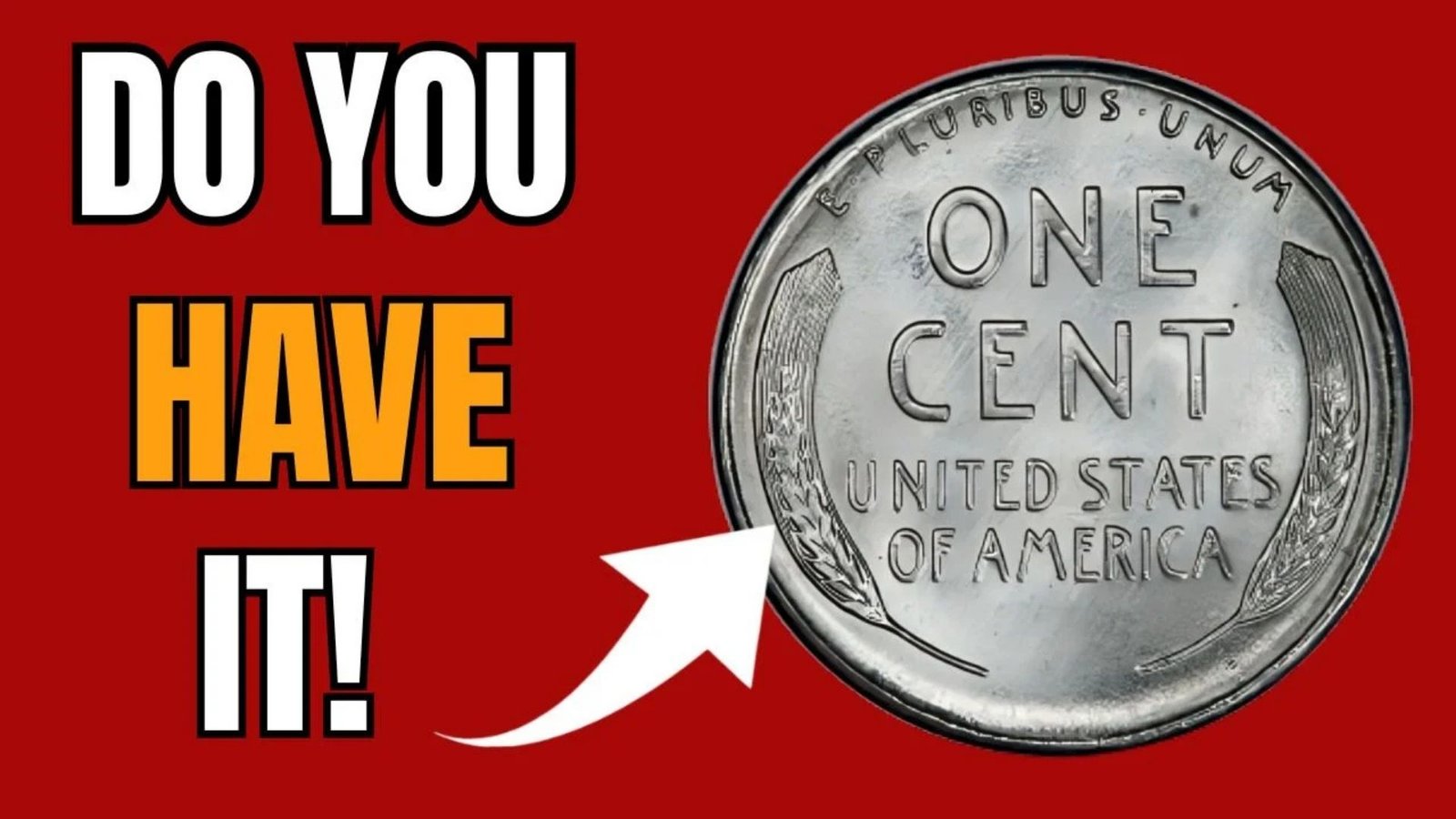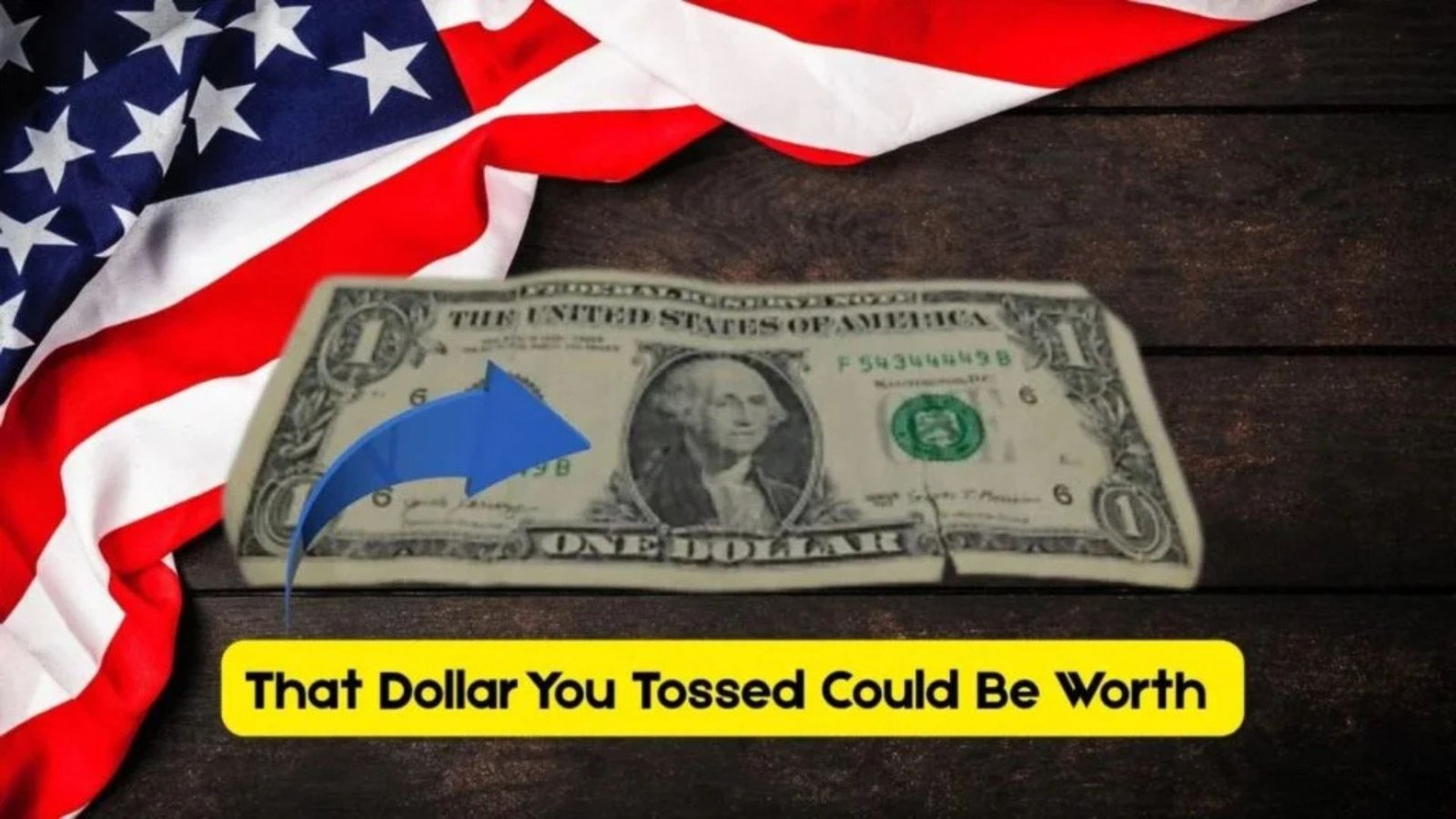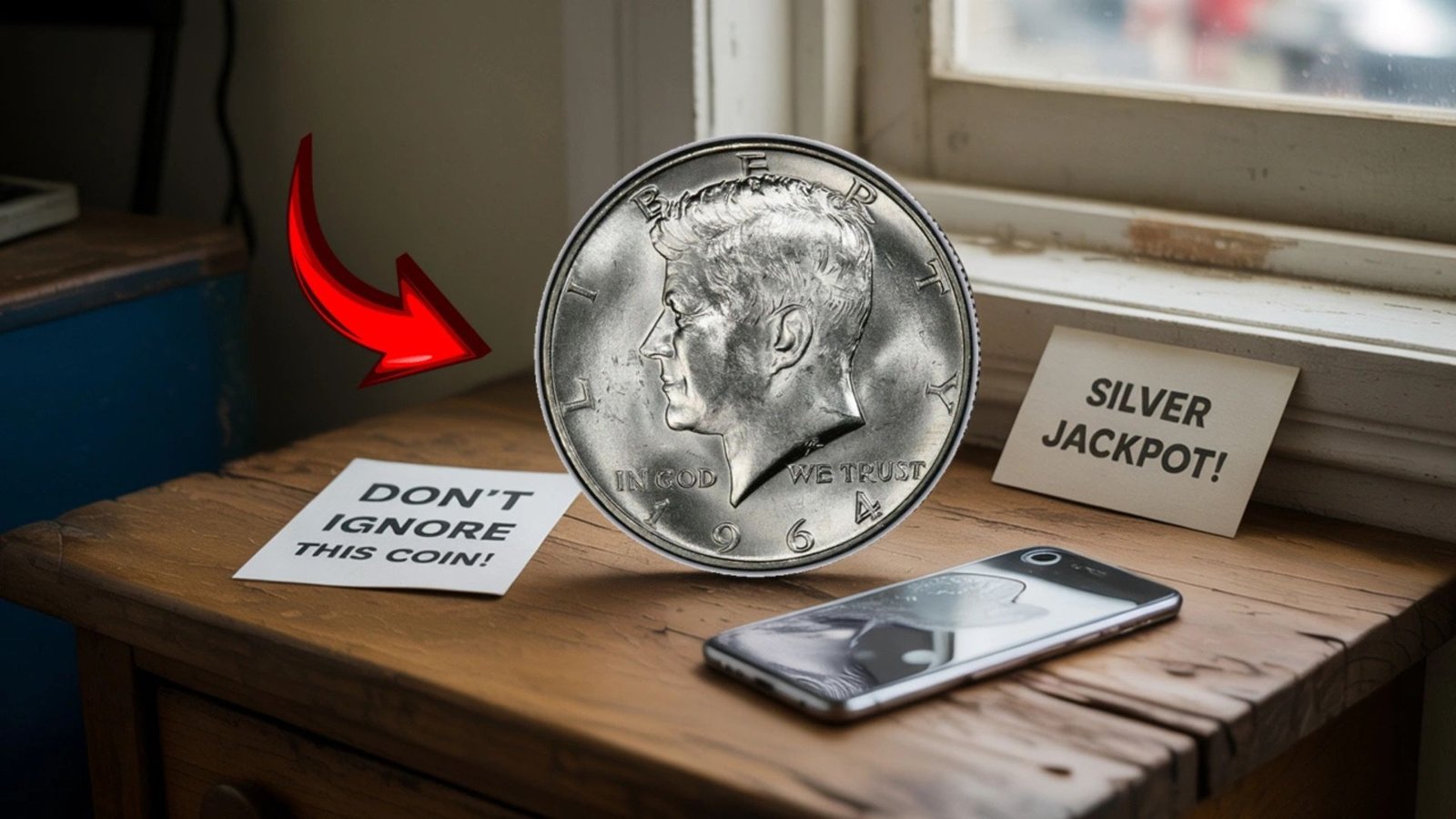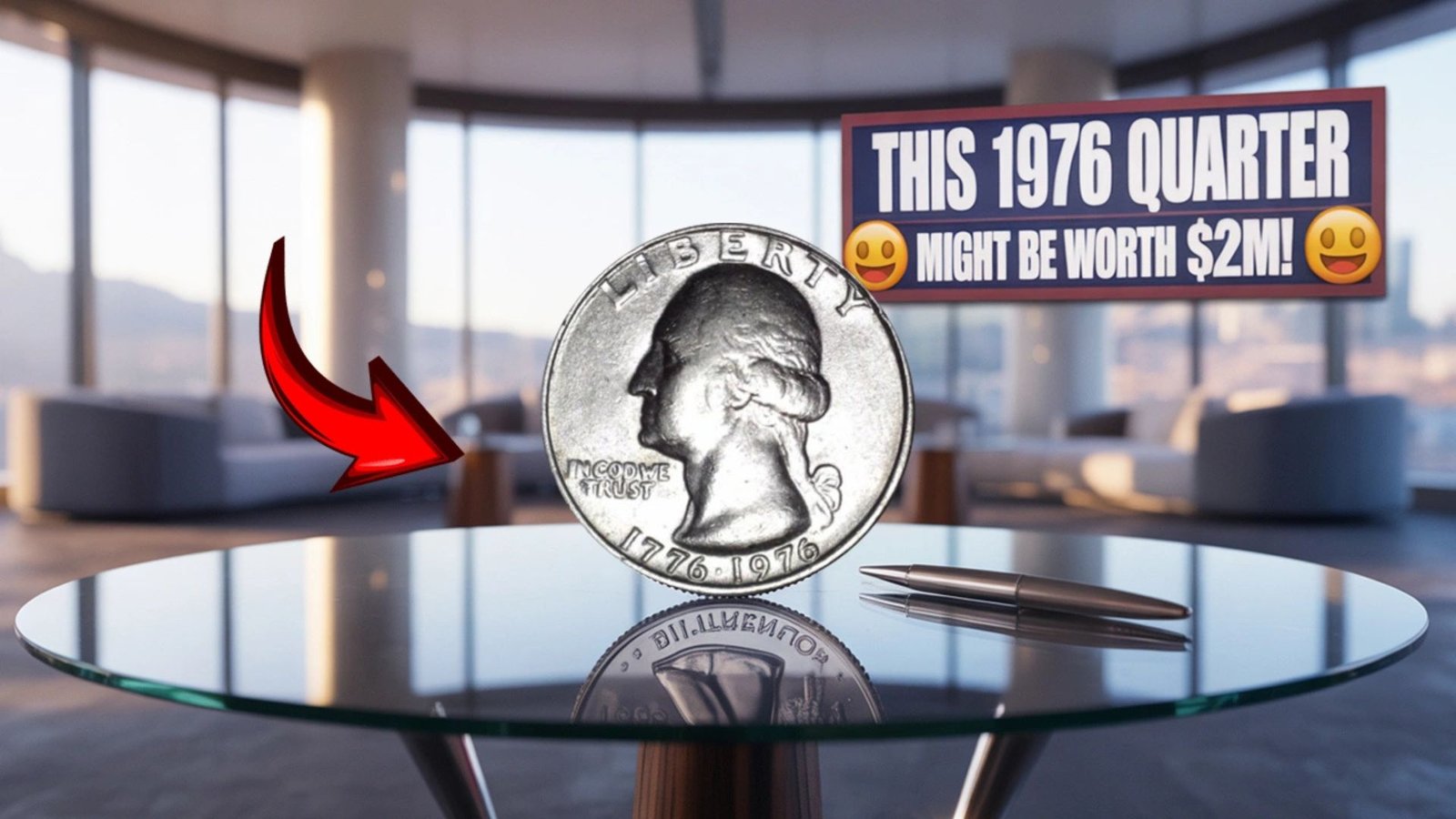Have you ever checked your pocket change for a rare treasure? The Lincoln Wheat Penny, a small coin with a big story, could be worth a staggering $3.29 million, and some of these coins might still be hiding in everyday transactions. Introduced in 1909 to celebrate Abraham Lincoln’s 100th birthday, this penny is famous for its wheat stalk design on the back. While most are worth just one cent, certain rare versions can make you rich.
This guide will explain why some Lincoln Wheat Pennies are so valuable, how to spot them, and what to do if you find one. Let’s dive into the exciting world of coin collecting and uncover the secrets of this legendary penny!
What Makes the Lincoln Wheat Penny So Special?
The Lincoln Wheat Penny, minted from 1909 to 1958, is a piece of American history. Designed by Victor David Brenner, it features Lincoln’s portrait on the front (obverse) and two wheat stalks on the back (reverse). Most of these pennies are common, but a few are incredibly rare due to minting errors, low production numbers, or unique materials. These rare coins can fetch millions at auctions, making them a dream find for collectors and anyone with spare change.
A Brief History of the Lincoln Wheat Penny
The U.S. Mint created the Lincoln Wheat Penny to honor the 16th U.S. President. When it debuted in 1909, people were excited to see Lincoln’s face on a coin. The wheat stalk design on the back gave it the nickname “Wheat Penny.” Over the years, the Mint made billions of these coins, but specific years, mint marks, and errors make some stand out. For example, coins from the San Francisco (S) or Denver (D) mints, or those with mistakes like double lettering, are highly prized.
Why Are Some Lincoln Wheat Pennies Worth Millions?
Certain Lincoln Wheat Pennies are valuable because of their rarity, condition, or unique features. Here’s why some can be worth $3.29 million or more:
Rarity Due to Low Mintage
Some years, like 1909 or 1931, had fewer coins minted, especially at certain mints. For example, the 1909-S VDB penny, with only 484,000 made, is one of the rarest. Low production means fewer coins are available today, driving up their value.
Minting Errors
Mistakes during production can make a penny unique. For instance, the 1943 copper penny is famous because most pennies that year were made of steel to save copper for World War II. A few copper pennies were accidentally minted, making them extremely rare. Another example is the 1955 Doubled Die penny, where the date and words like “LIBERTY” appear doubled due to a minting error.
Material Differences
During World War II, the Mint switched to steel for pennies, but a few 1943 pennies were struck on copper blanks by mistake. These copper pennies are worth hundreds of thousands or even millions. Similarly, a rare 1944 steel penny, made when the Mint switched back to copper, is also valuable.
Condition Matters
Coins in excellent condition, called “mint state,” are worth more. A penny that’s shiny, uncirculated, and free of scratches can fetch top dollar. For example, a red 1909-S VDB penny in mint condition sold for $168,000 at auction.
Key Lincoln Wheat Pennies to Look For
Here’s a table of some of the most valuable Lincoln Wheat Pennies and their estimated values in good condition:
| Year | Mint Mark | Key Feature | Estimated Value |
|---|---|---|---|
| 1909-S | S | VDB initials on reverse | $1,000–$168,000 |
| 1914-D | D | Low mintage of 1.2 million | $280–$159,000 |
| 1922 | None (Plain) | Missing “D” mint mark | $500–$50,000 |
| 1931-S | S | Low mintage of 866,000 | $75–$18,600 |
| 1943 | None, D, or S | Copper instead of steel | $100,000–$1.7M |
| 1944-S | S | Steel instead of copper | $408,000–$1.1M |
| 1955 | None | Doubled Die Obverse | $50,000–$1M |
Values are estimates and depend on condition. Always consult a professional for exact pricing.
How to Identify a Valuable Lincoln Wheat Penny
Finding a rare penny takes a sharp eye. Here’s how to check your change for a potential fortune:
Step 1: Check the Date and Mint Mark
Look at the year on the penny. Key dates to watch for include 1909, 1914, 1922, 1931, 1943, 1944, and 1955. Below the date, check for a mint mark—a small letter like “S” (San Francisco) or “D” (Denver). No mint mark means it was made in Philadelphia. Rare coins often have specific mint marks, like the 1909-S VDB or 1914-D.
Step 2: Look for Errors
Use a magnifying glass to spot errors like doubled lettering or numbers. On a 1955 Doubled Die penny, the words “LIBERTY” and “IN GOD WE TRUST” look blurry or doubled. For 1922 pennies, check if the “D” mint mark is missing, as this error is valuable.
Step 3: Test the Material
For 1943 pennies, use a magnet. Steel pennies stick to magnets, but the rare copper ones don’t. For 1944 pennies, the opposite is true—copper pennies stick, but rare steel ones don’t. A 1943 copper penny weighs about 3.11 grams, while steel ones weigh 2.ads/coinvaluechecker.com
Step 4: Check the Condition
Coins in great shape are worth more. Look for pennies with clear details, no scratches, and a shiny, red color. Avoid cleaning coins, as it can lower their value. Collectors prefer natural surfaces, even if they’re slightly worn.
What to Do If You Find a Rare Penny
If you think you’ve found a valuable Lincoln Wheat Penny, follow these steps:
- Don’t Clean It: Cleaning can damage the coin and reduce its value.
- Store It Safely: Keep it in a protective holder or sleeve to avoid scratches.
- Get It Authenticated: Take it to a professional coin dealer or grading service like PCGS or NGC to verify its authenticity and condition.
- Research Selling Options: You can sell through major auctions, reputable coin dealers, or online platforms like eBay or Heritage Auctions. Auctions often fetch the highest prices.
- Consult an Expert: A numismatist can help you understand the coin’s value and market trends.
The Thrill of the Hunt
The idea that a $3.29 million penny could be in your pocket makes coin collecting exciting. Stories like the 1943 copper penny found by a teenager in 1947, later sold for $204,000, show that treasures can turn up anywhere. Whether you’re a serious collector or just curious, checking your change could lead to a life-changing discovery.
Conclusion
The Lincoln Wheat Penny is more than just pocket change—it’s a piece of history with the potential for incredible value. From the rare 1909-S VDB to the elusive 1943 copper penny, these coins tell stories of minting mistakes and historical moments. By learning to spot key dates, mint marks, and errors, you could uncover a fortune in your change jar. Start your treasure hunt today, but always verify finds with a professional to avoid counterfeits. Happy hunting, and who knows? The next penny you find could be worth millions!
FAQs About the Lincoln Wheat Penny
Why is the 1943 copper penny so valuable?
Most 1943 pennies were made of steel to save copper for World War II. A few copper pennies were minted by mistake, making them extremely rare and worth up to $1.7 million.
How can I tell if my penny is rare?
Check the date, mint mark (S, D, or none), and look for errors like doubled lettering. Use a magnet to test 1943 or 1944 pennies for unusual materials. Get it graded by a professional.
Should I clean my old pennies?
No, cleaning reduces a coin’s value. Collectors prefer coins with their original surface, even if they’re slightly worn.
Where can I sell a rare Lincoln Wheat Penny?
You can sell through major auctions, trusted coin dealers, or online platforms like eBay or Heritage Auctions. Research prices and consult an expert first.
How many 1943 copper pennies exist?
The U.S. Mint estimates about 40 authentic 1943 copper pennies are known, making them incredibly rare.
What is the most valuable Lincoln Wheat Penny?
The 1943 copper penny is often cited as the most valuable, with some selling for $1.7 million. However, claims of $3.29 million may refer to top-condition examples or speculative estimates.

